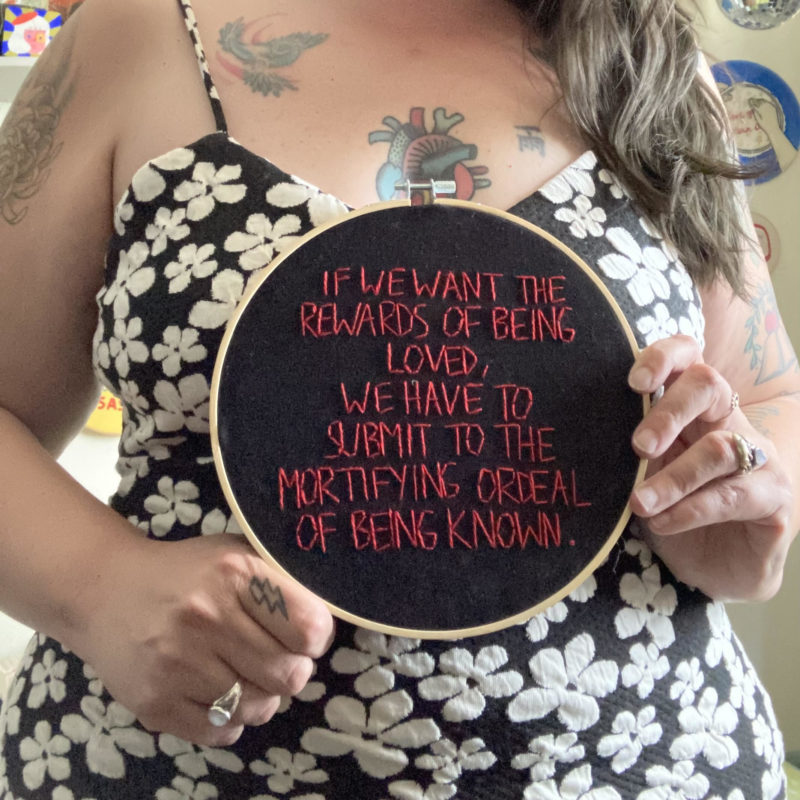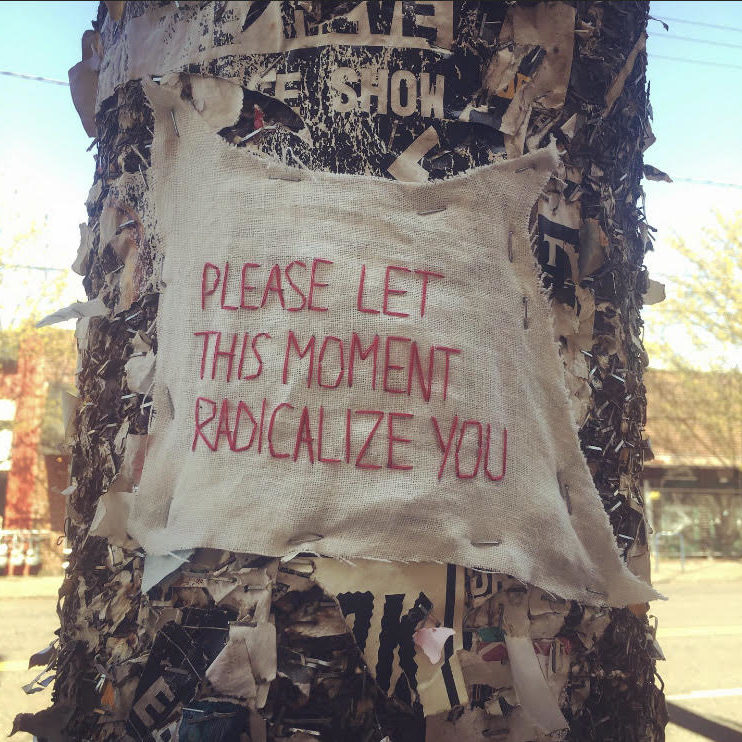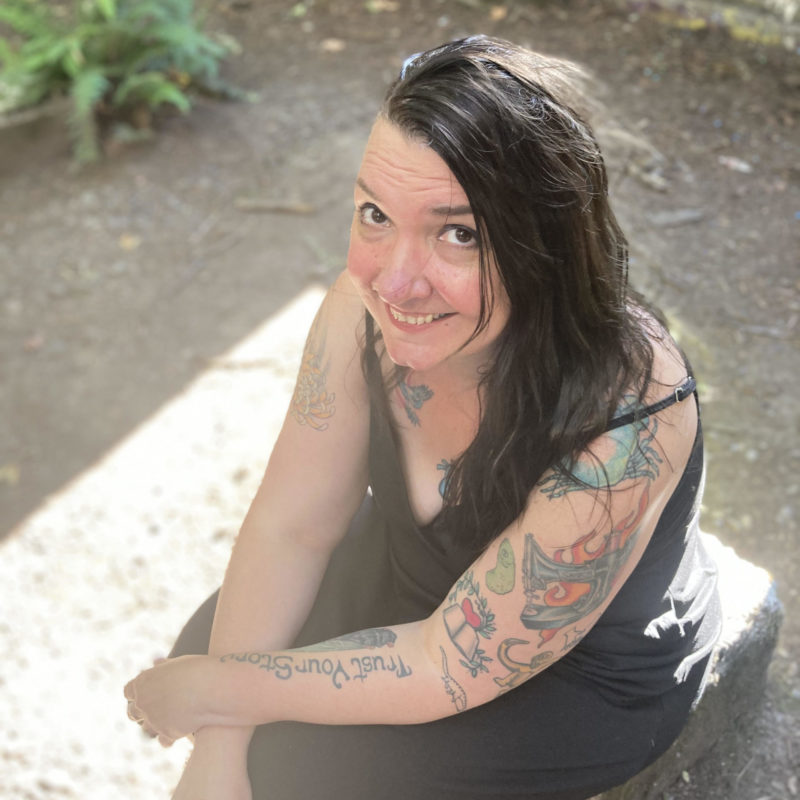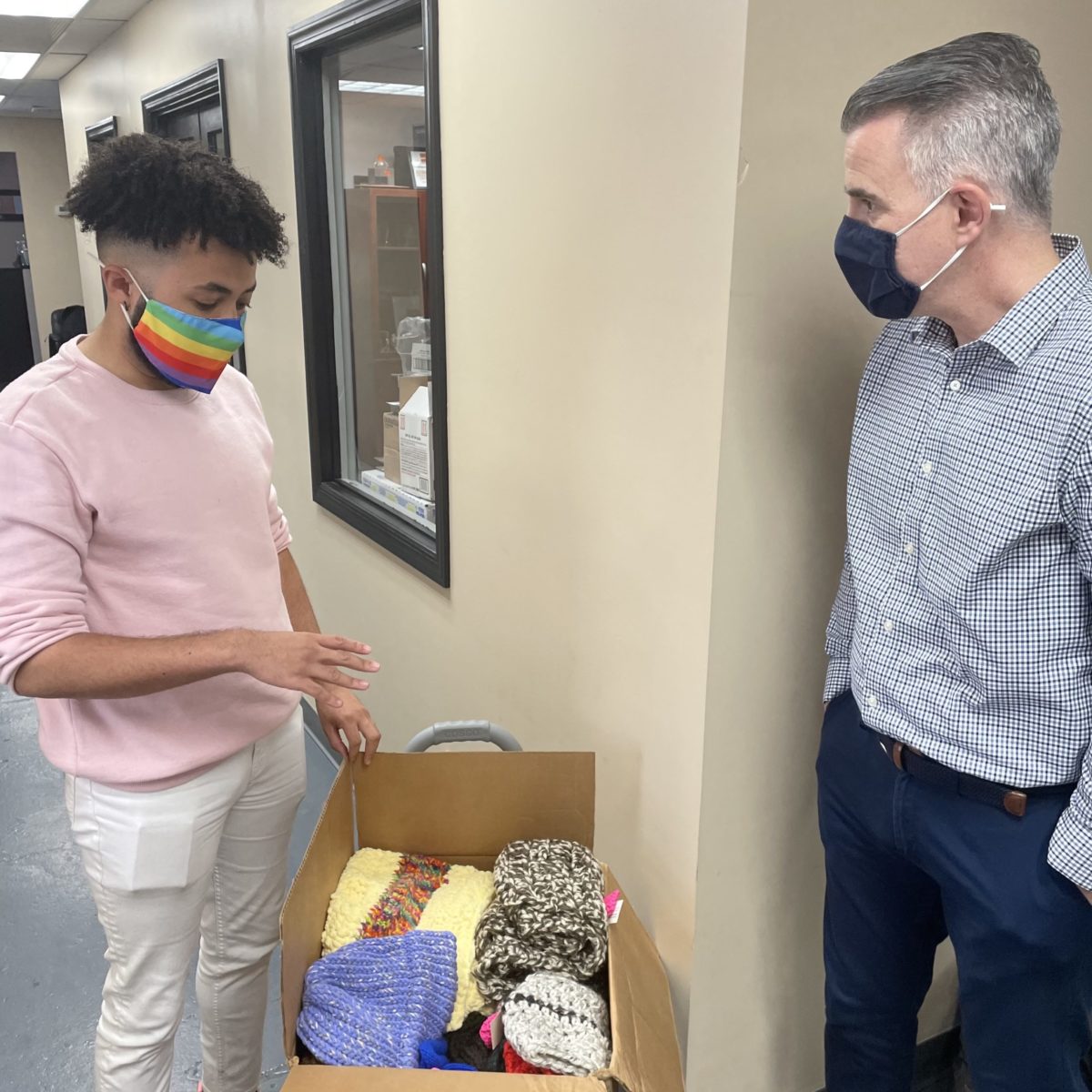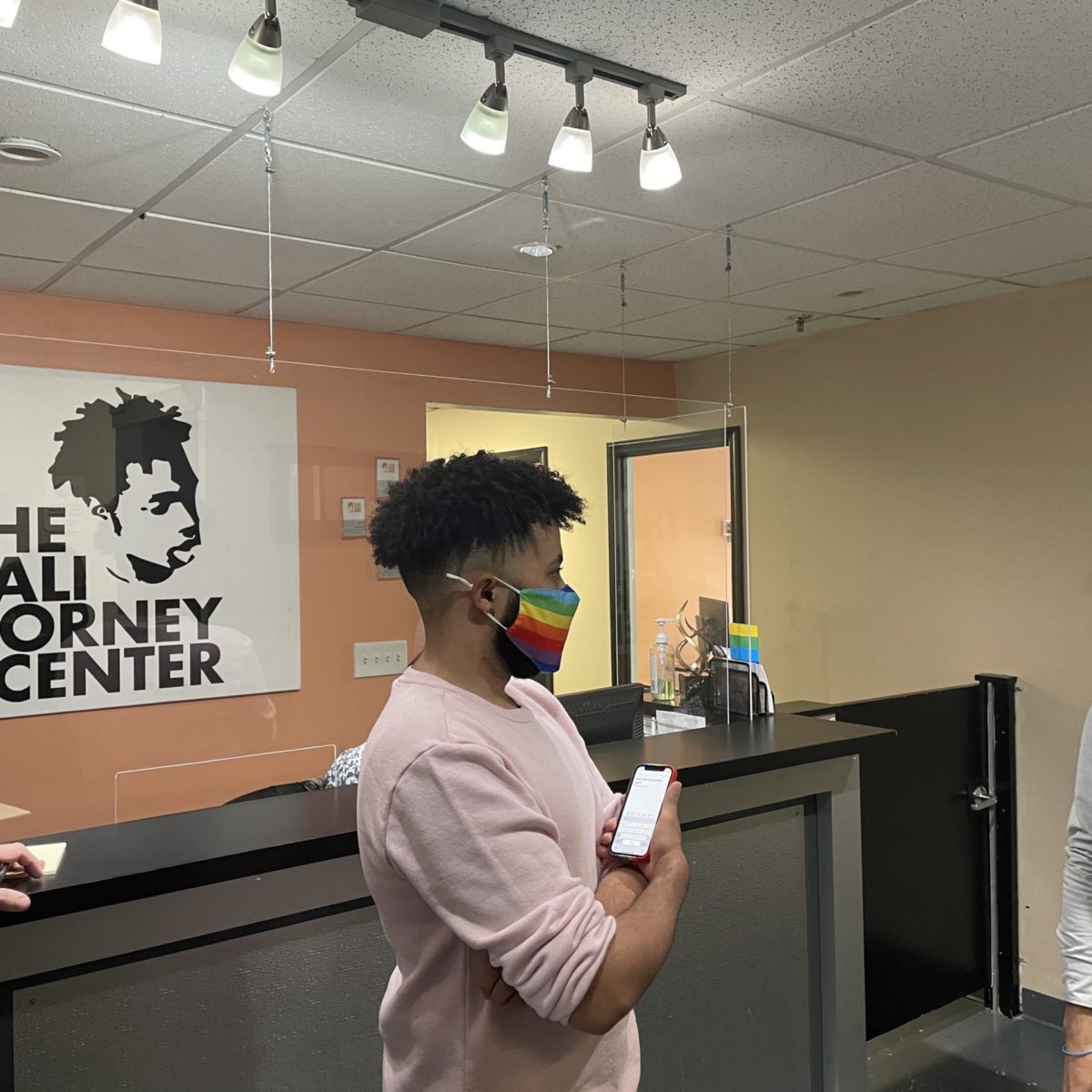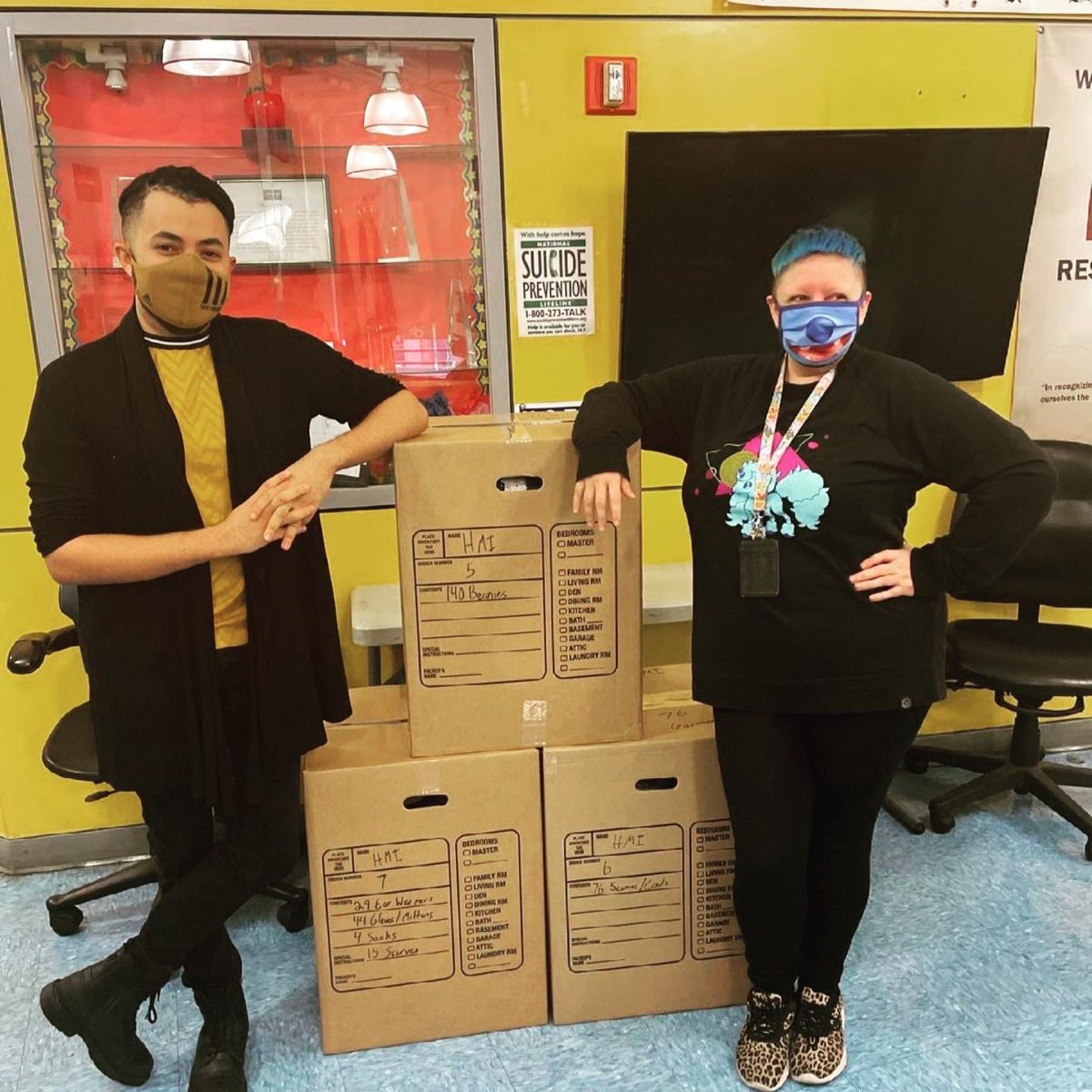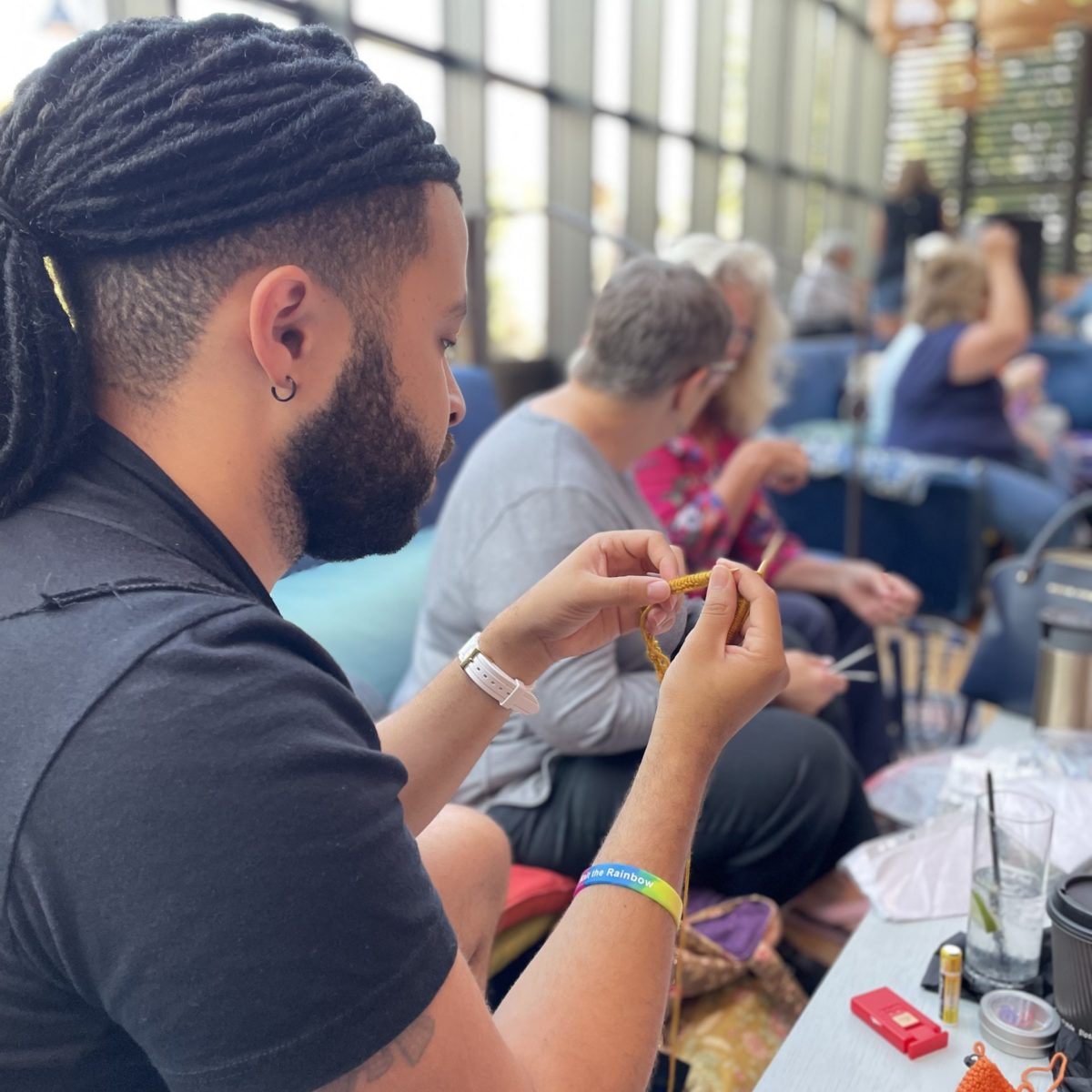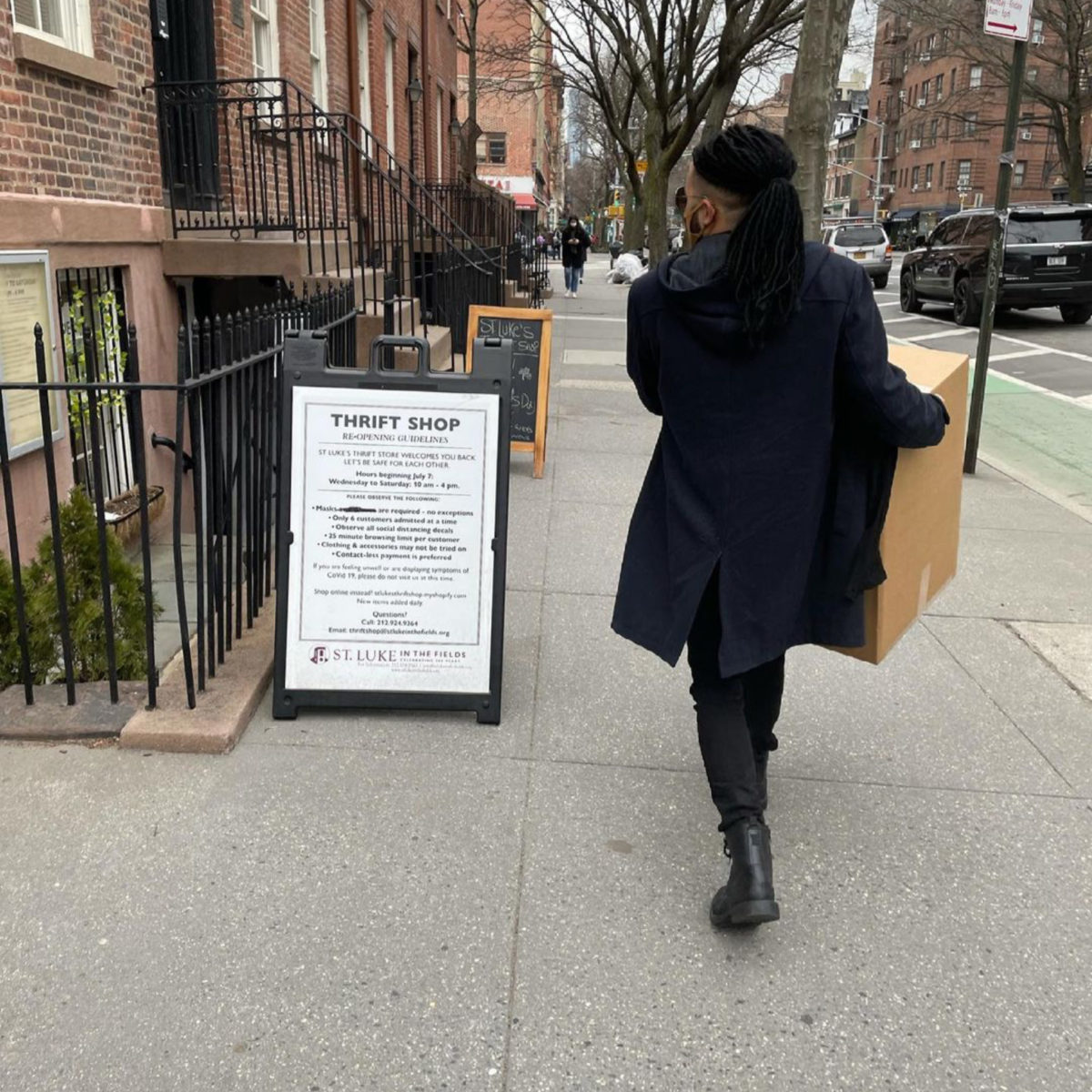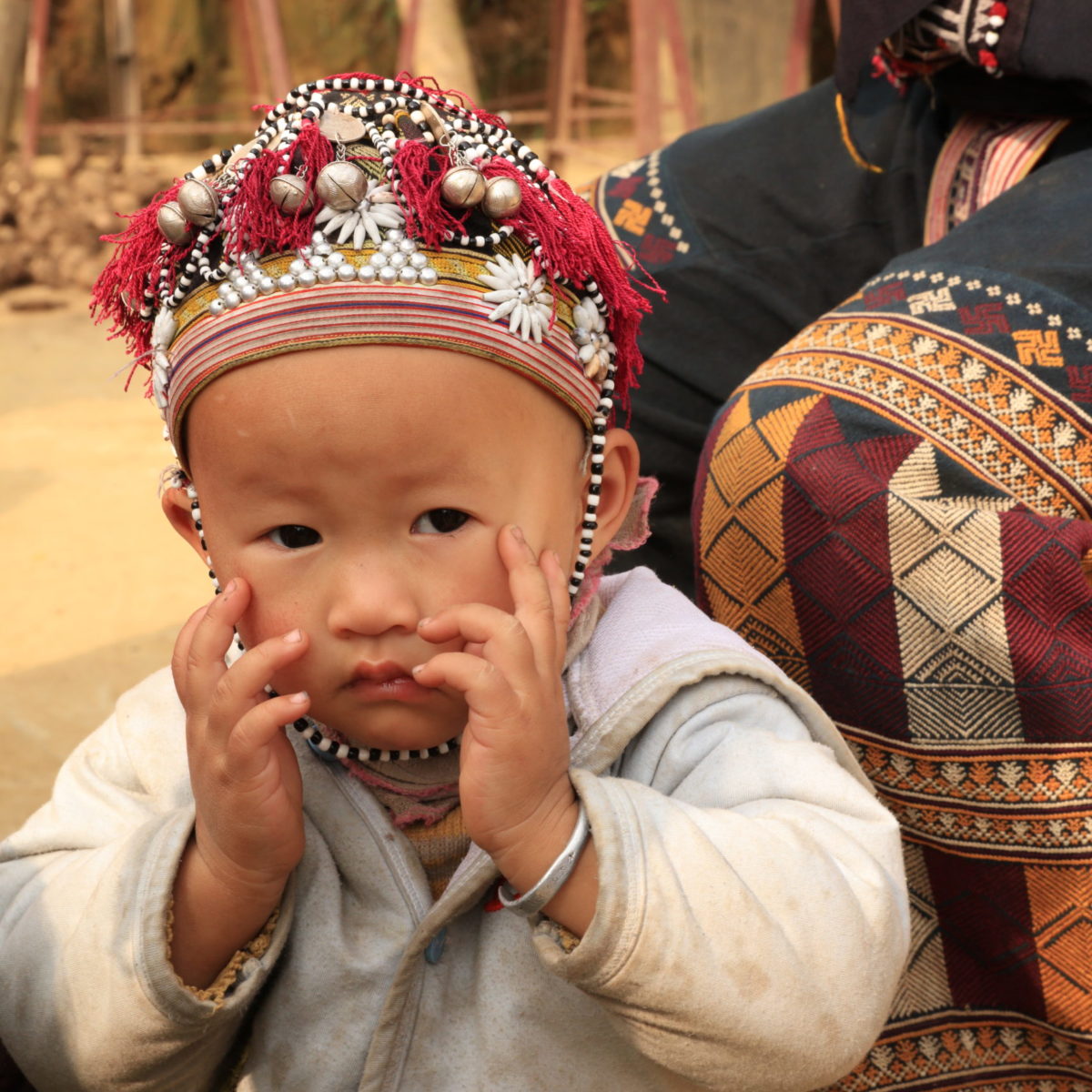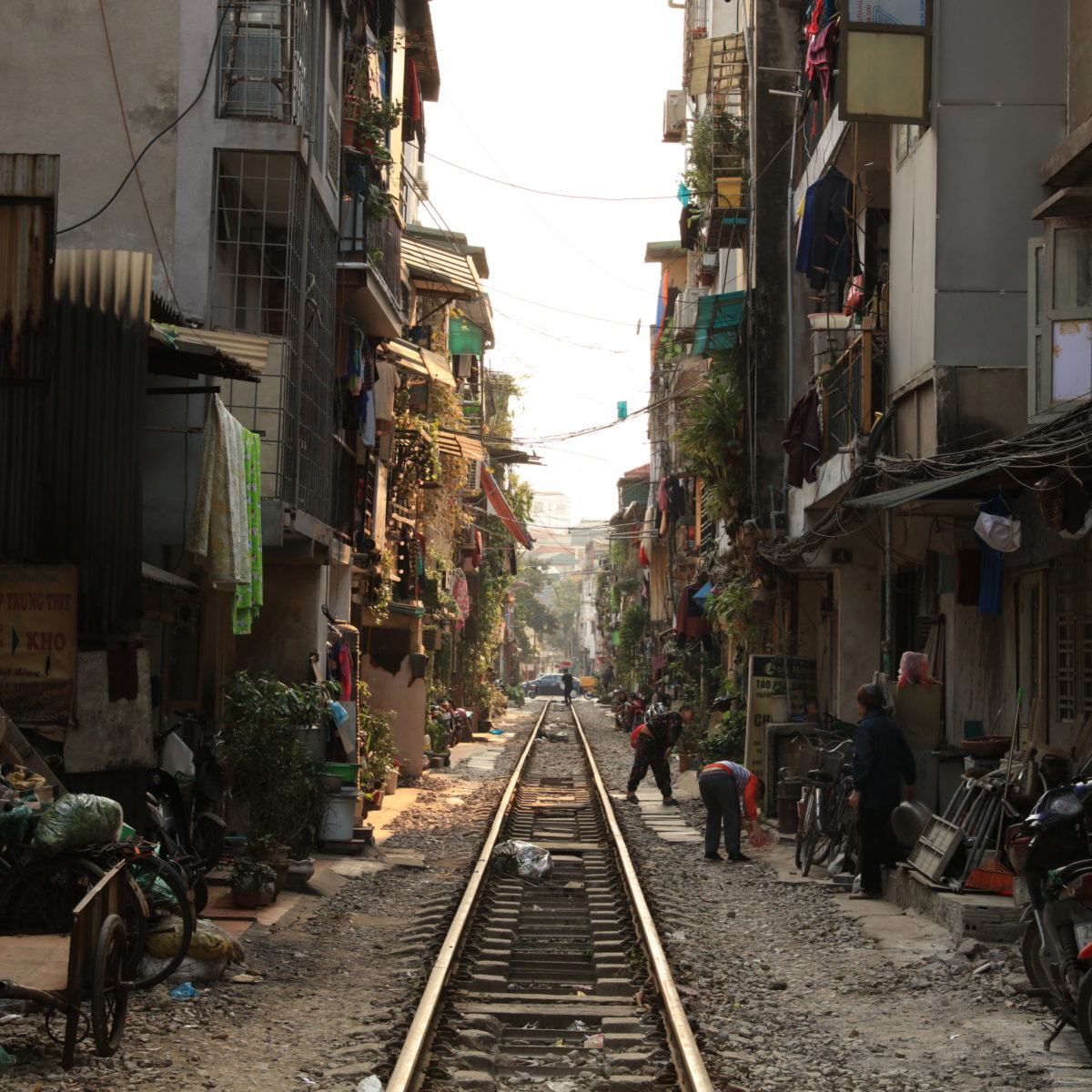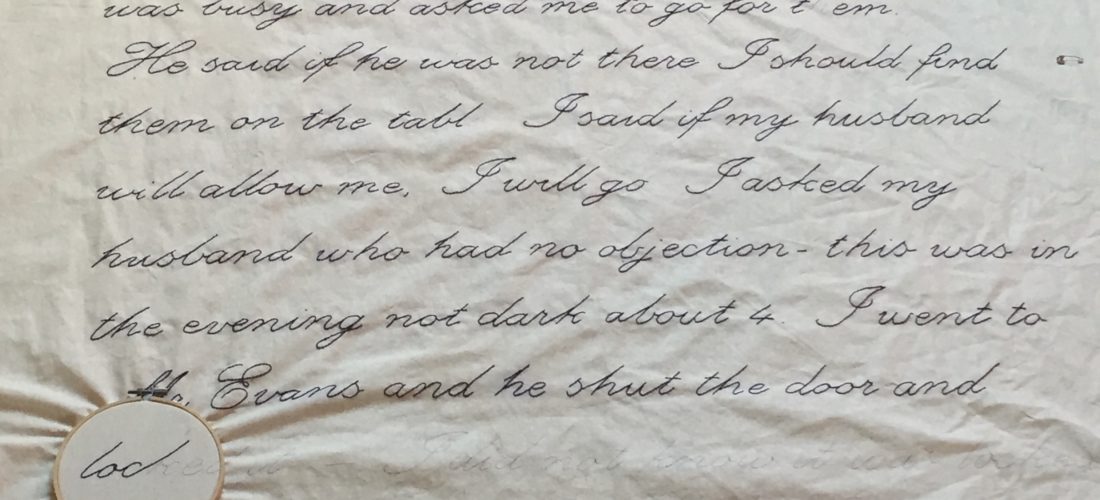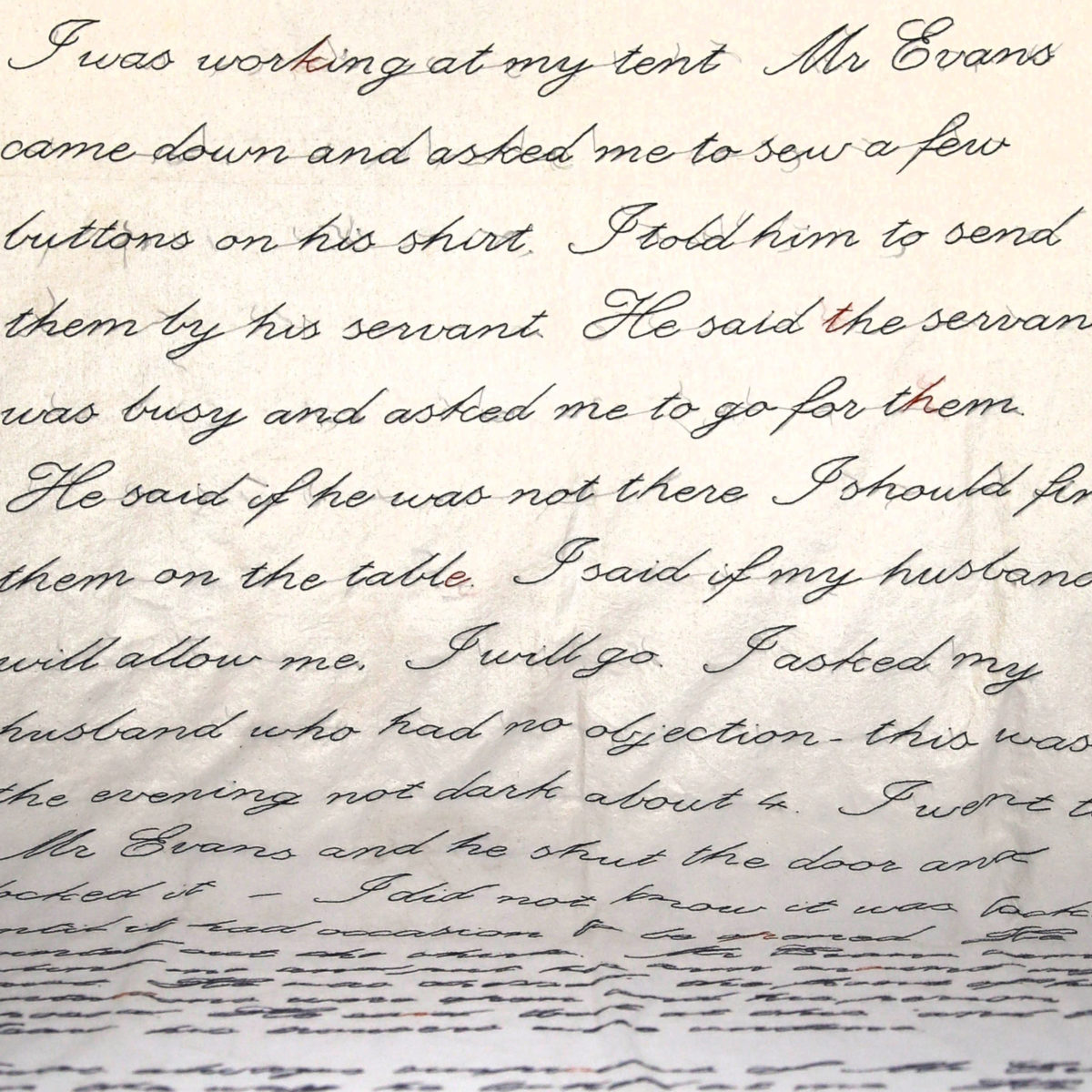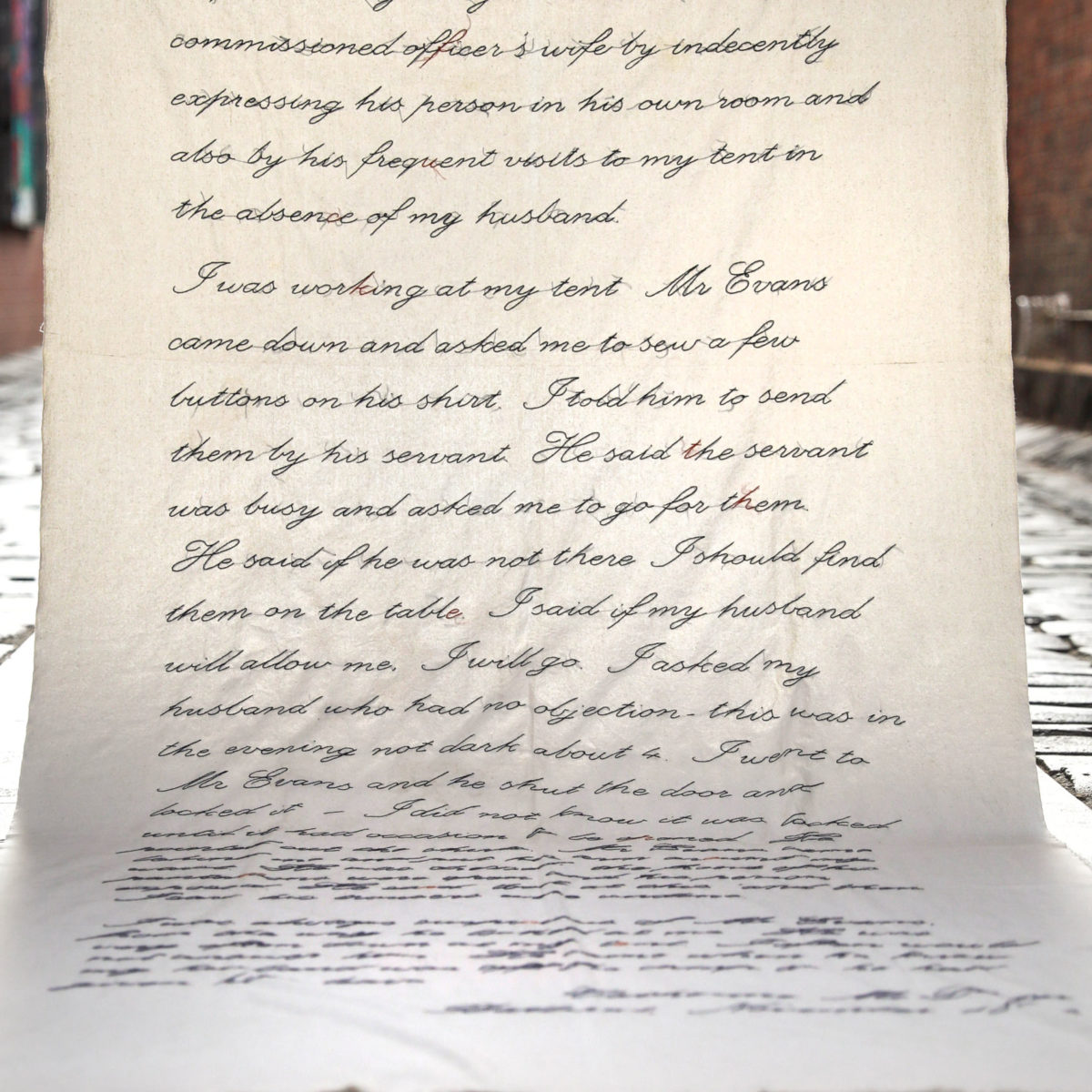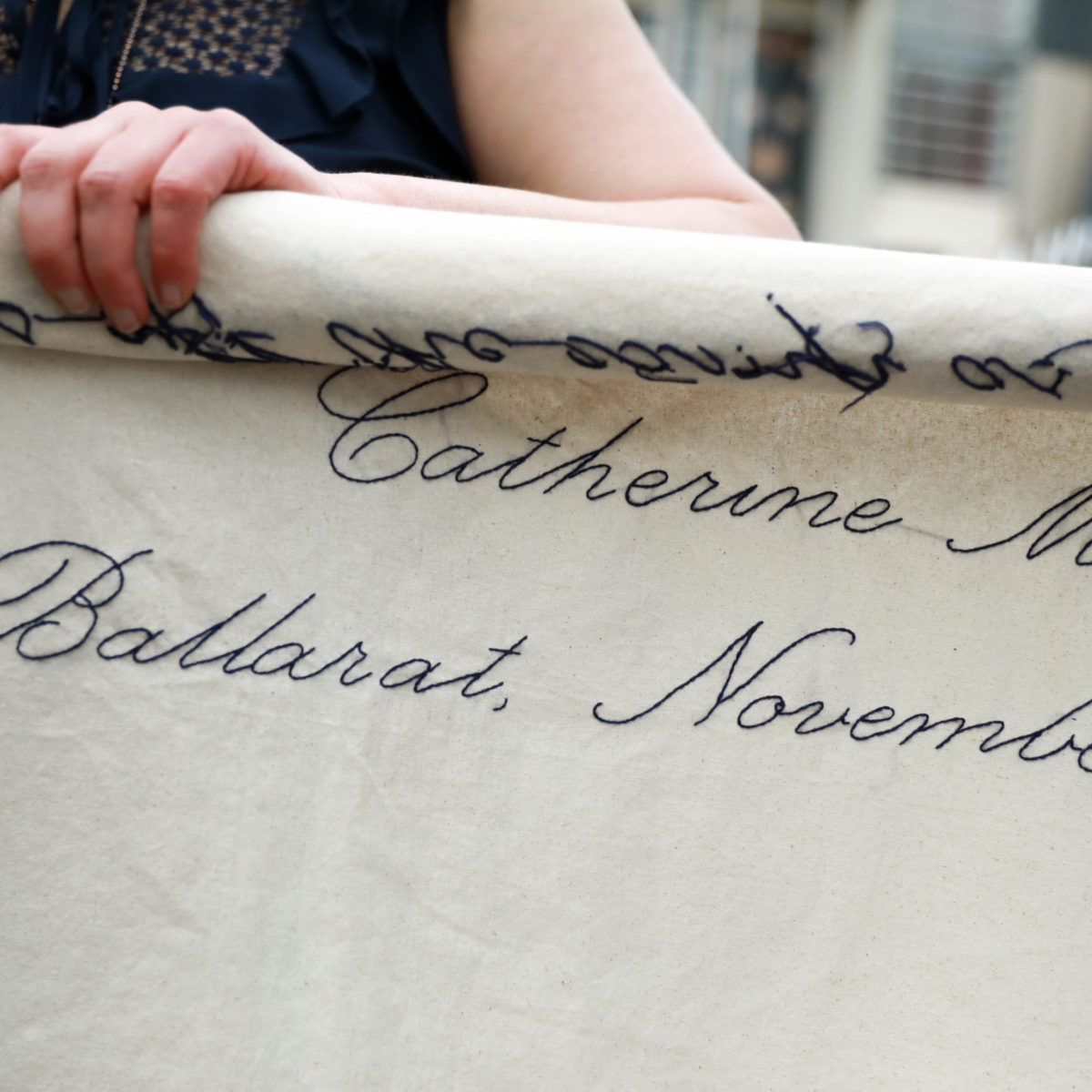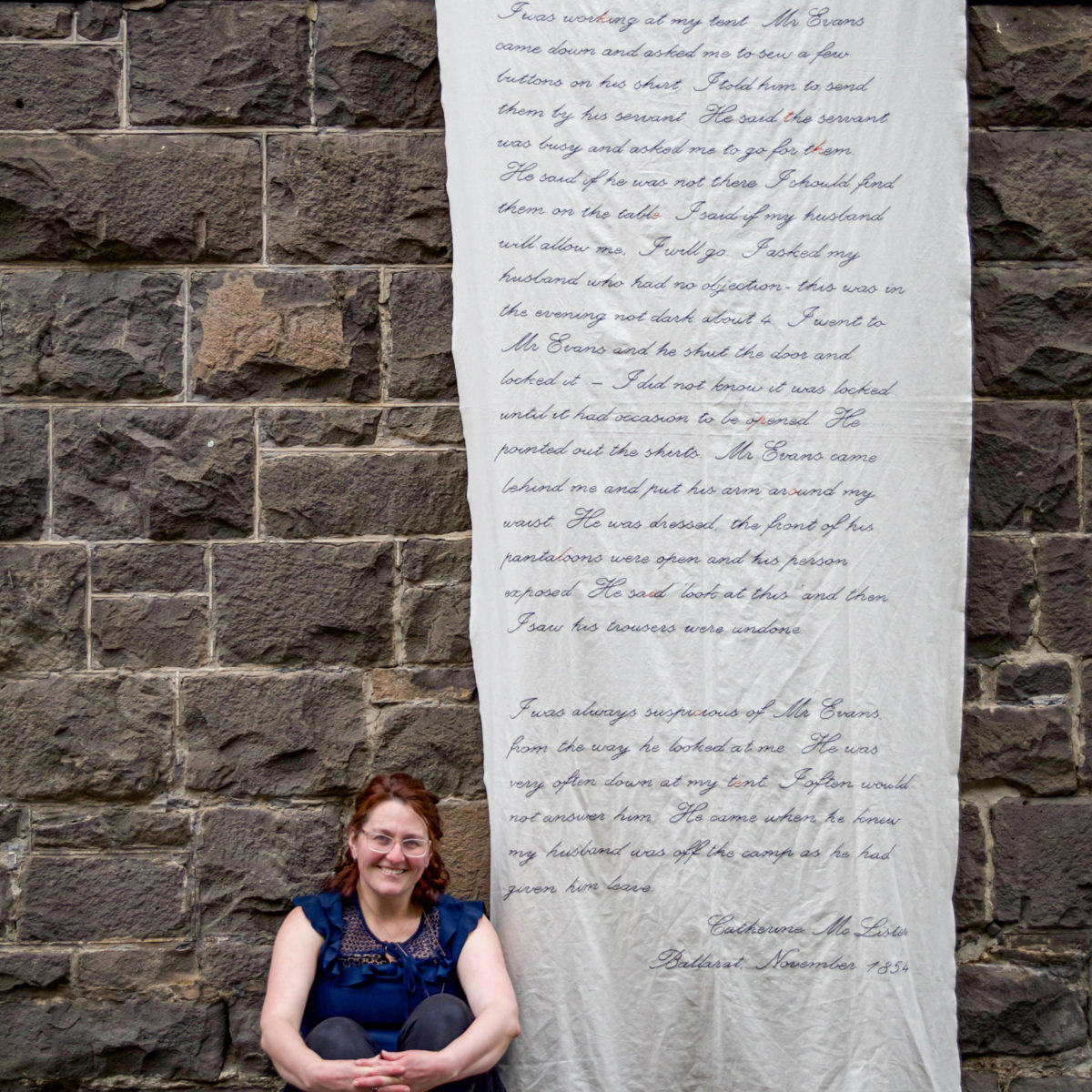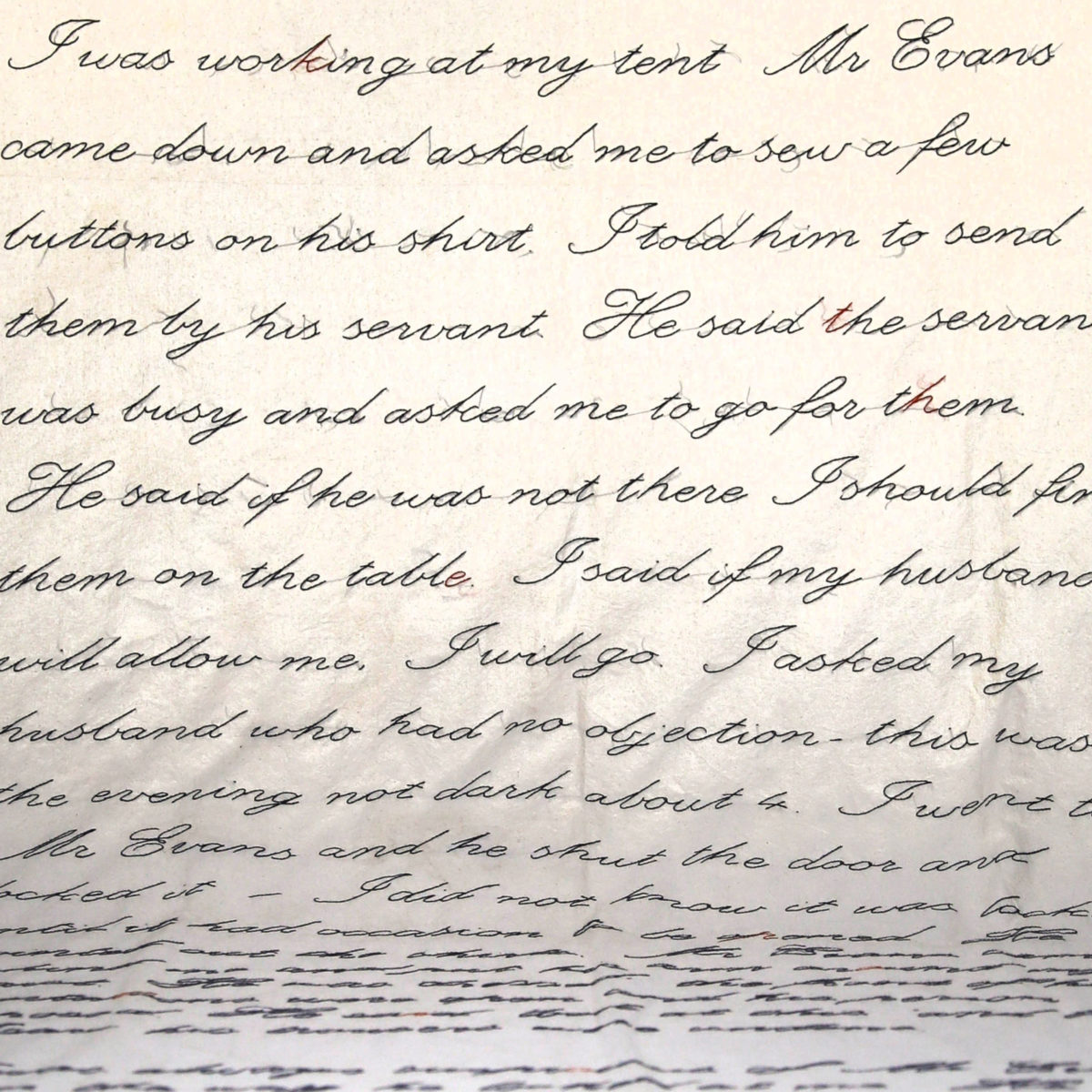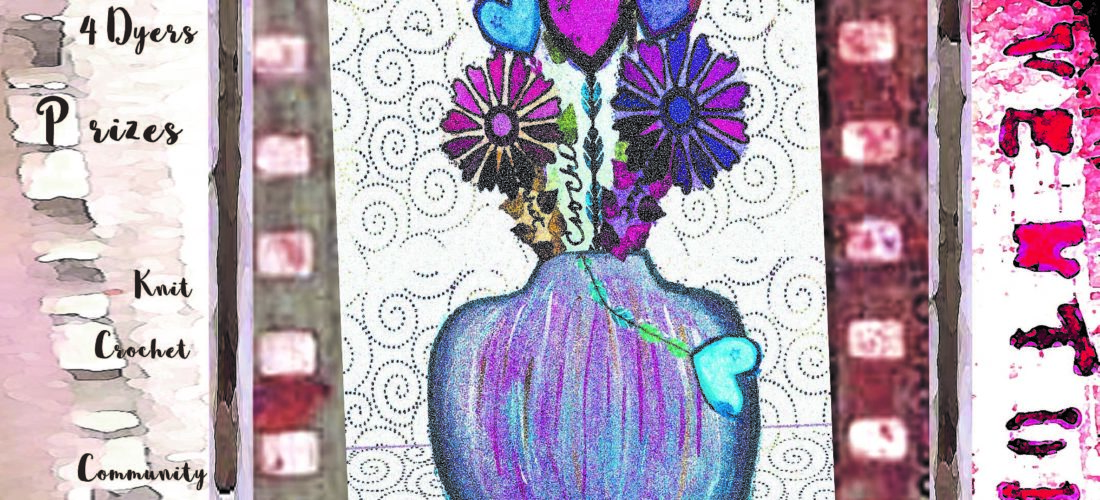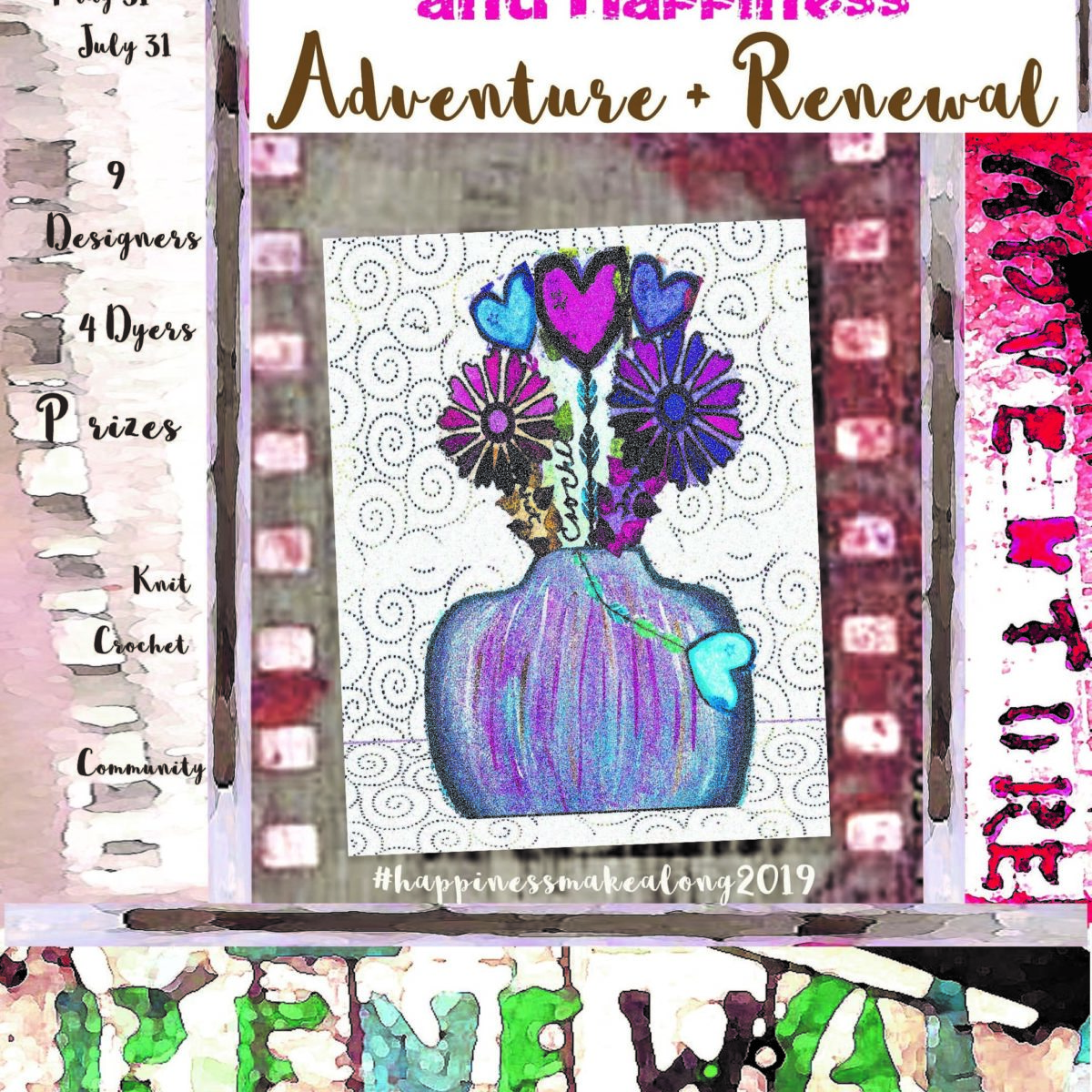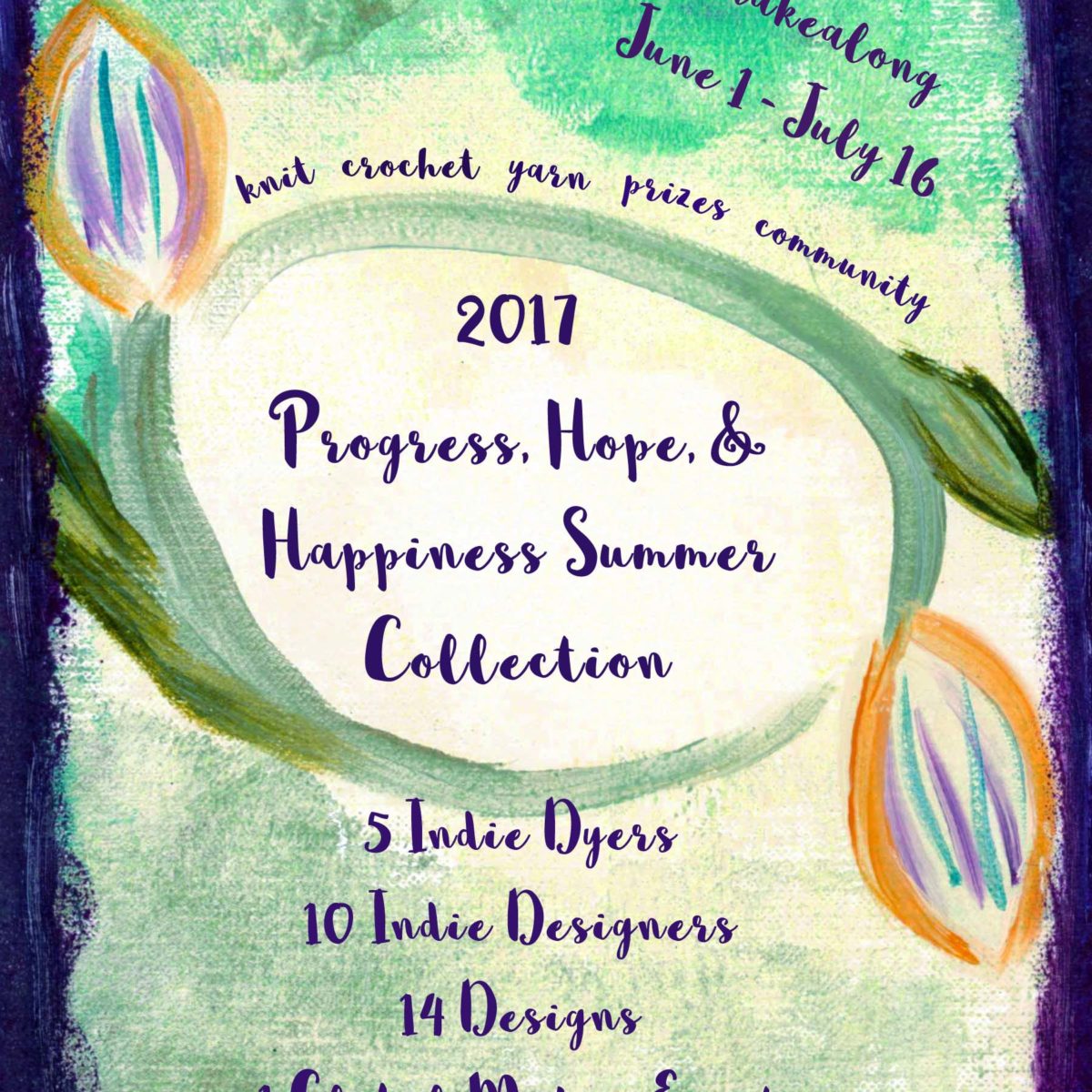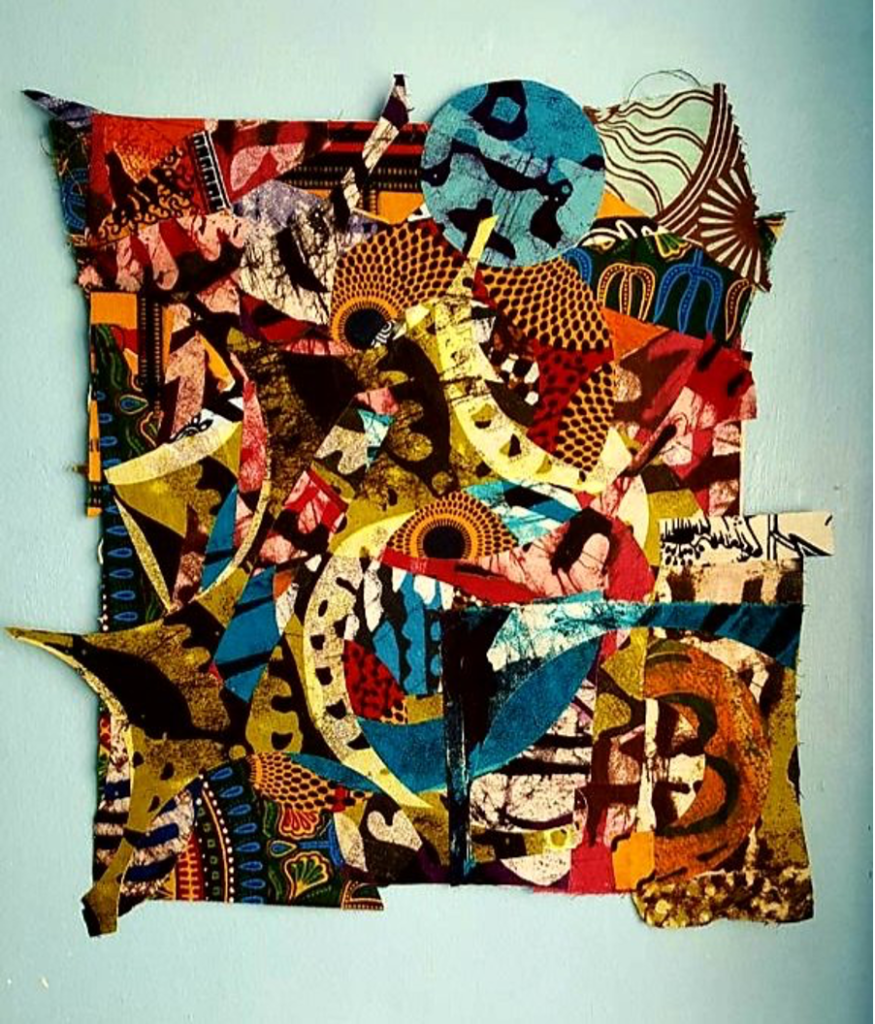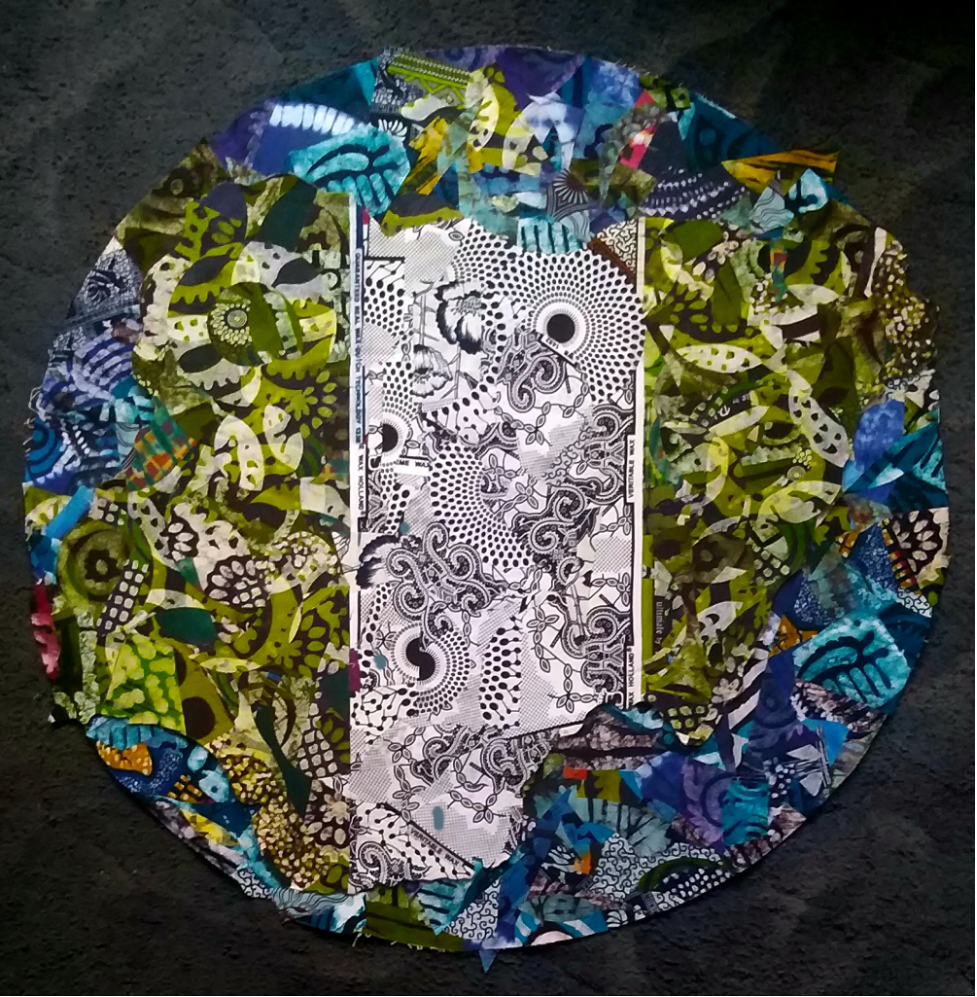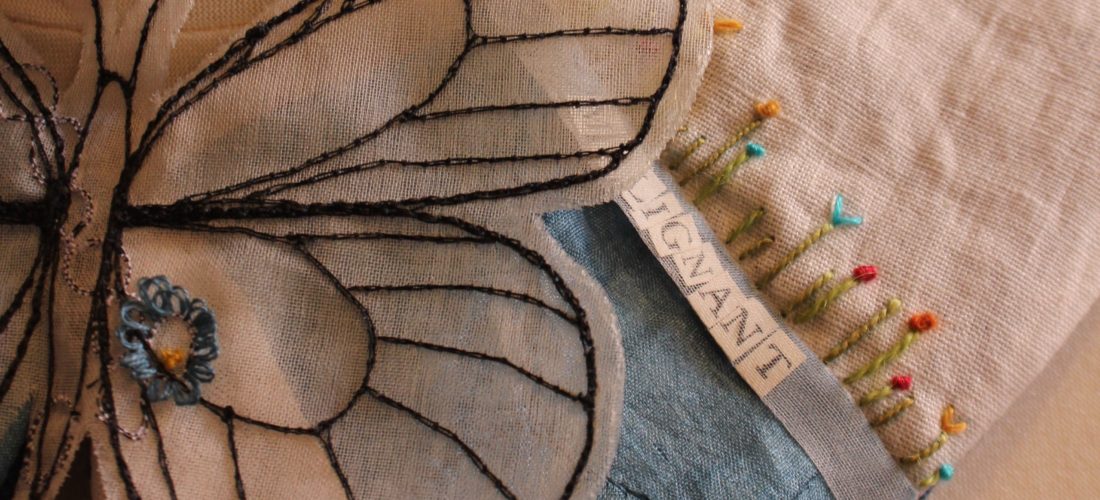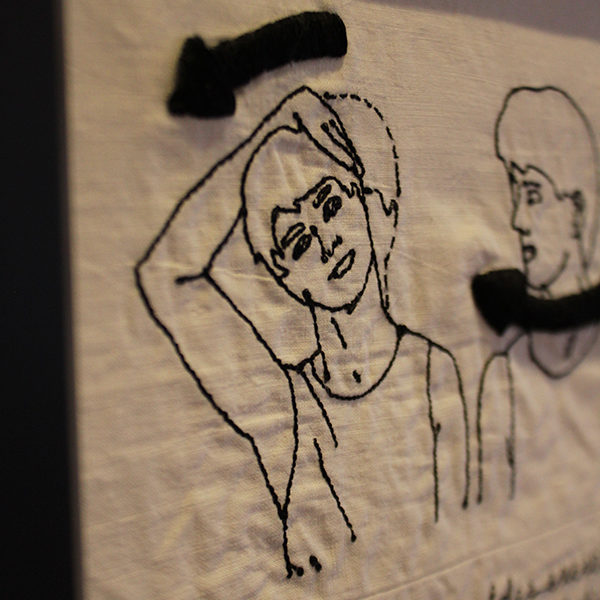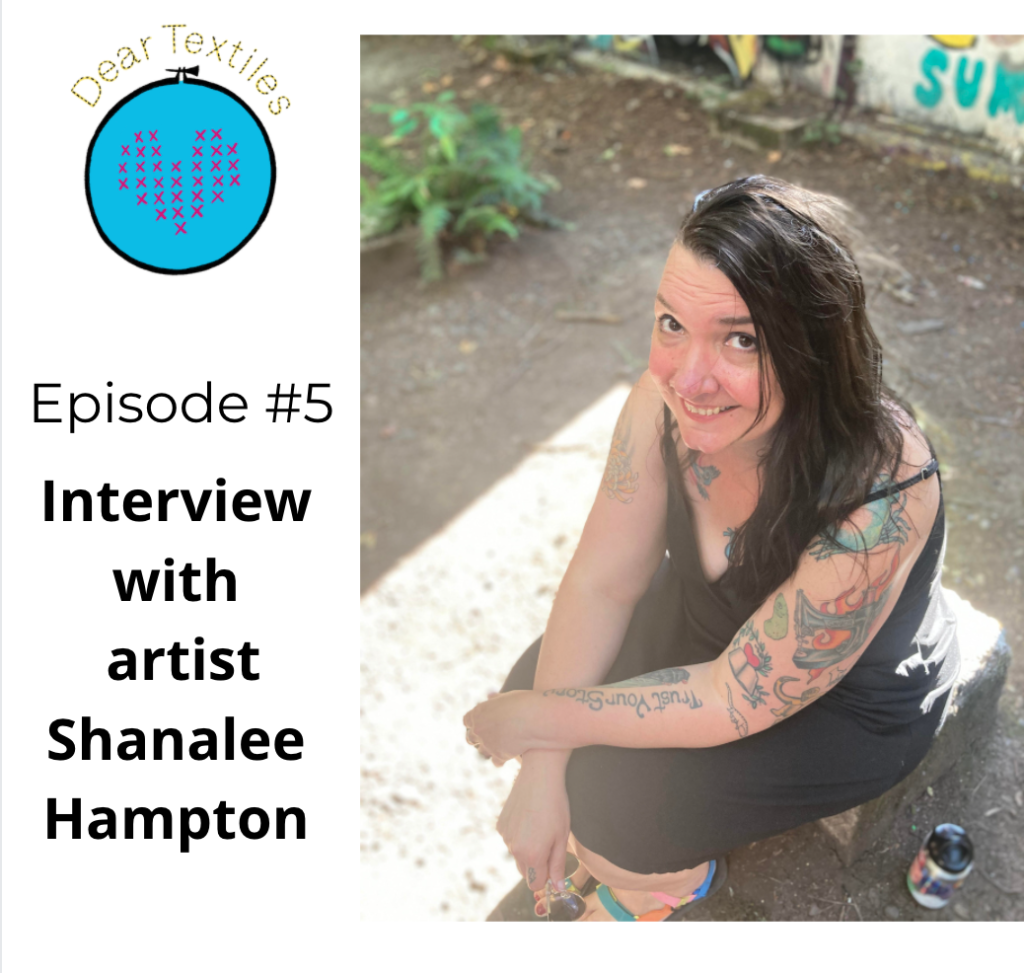
In this interview, I speak with artist Shanalee Hampton about many things, including the day she started putting her work out in public and how it made her giddy; the growth her work saw when she stopped making work that people often called “clever” and shifted to making work that focused on love, hope and social justice; and what happened when she stopped calling herself a crafter and started calling herself an artist.
You can listen to this interview on Apple podcasts, Spotify, Stitcher, Anchor and wherever else you listen to podcasts!
You can find Shanalee online at her website, shanaleehampton.com, and on Instagram @shanaleehampton.
Show notes:
@ragtale, a fellow street artist who makes stitched work and shares it in public
Shanalee’s street art work by Cheryl Strayed, Lyz Lenz and Rebecca Makkai
Shanalee’s piece about gun control that went viral
Shanalee’s portraits of Breonna Taylor, X González, David Hogg, Erica Garner
and Nia Wilson
An example of one of the many hoops Shanalee has embroidered with the phrase “We
are all horrible and wonderful and figuring it out.” (Quote by the late Harris Wittels)
Chawne Kimber’s quilt “The One for Eric G”
“Into Action” festival curated by Shepard Fairey
bell hooks’ book “All About Love”


